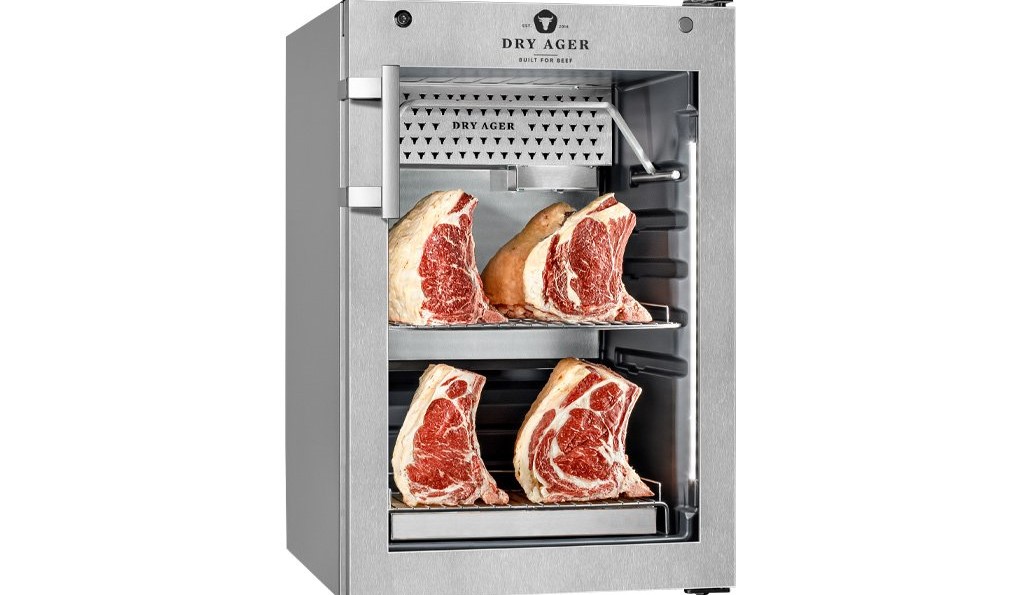Dry-aging beef has been done for generations. While dry-aging meat is still practiced today, modern methods have greatly improved upon the practice.
The most significant difficulty in dry-aging meat before the introduction of dry age cabinet was ensuring the ideal atmosphere for the procedure. Putting the meat in the fridge to age gives it more flavor and makes it more tender.
Dry-aging meat was once a specialty of town butchers. But now, because of technological advances, everyone may have their own dry-aging cabinet.
How Exactly Do Dry-Aging Cabinets Operate?
Meat maturation is a straightforward procedure that requires a lot of care. For this reason, poor-quality meat might emerge from even a slight change in the process's parameters.
You may customize the conditions in a dry aging cabinet by adjusting the humidity, airflow, and temperature. The maturation of beef requires a certain length of time.
The primary action is air circulation around the hanging meat within the cabinet. This airflow alters the meat's taste and texture subtly but persistently.
How Should a Dry-Aging Cabinet Function?
Perfectly aging meat requires a dry-aging cabinet with a sophisticated ventilation system and temperature control.
The best drying and ripening results may be achieved in a dry ager or dry-aging cabinet by maintaining a calm, humid environment.
Steak, one of the most perishable meats, should be refrigerated and kept for temperature from the moment it is delivered.
Electronic Thermostat
The ideal temperature range for dry-aging beef is between 1 and 3 degrees Celsius. Several bacteria, including salmonella, can multiply and rot the flesh if temperatures are not strictly controlled.
A properly functioning dry-aging cabinet will prevent this by maintaining a constant, cold temperature. Today, dry aging cabinets often have cutting-edge thermostatic regulation.
Digital thermostats and even "smart" thermostats that can be controlled from smartphones are already commonplace in maturing cabinets.
Comfortable Airflow
The aging process relies heavily on oxygen. Dry-aged beef gets its characteristic crust from the presence of oxygen. The meat in your dry-aging cabinet needs good airflow so oxygen can reach it. When using a dry-aging cabinet, oxygen is replaced via the ventilation system.
Proper Conditions
Temperature isn't the only factor that can affect the quality of your meat; humidity changes can have a significant impact, too. Water vapor cannot evaporate under high humidity, which slows down the aging process.
When the relative humidity (RH) within the dry-aging cabinet is high, there is a lot of water in the air. It's not good to have a lot of water in the wardrobe.
The meat will not "dry" since it will collect moisture from the humid air that comes into touch with it. Bacteria and fungi may develop on the hanging meat if its moisture level is too high.
Conclusions
Critical stages in producing a flavorful aged piece of meat include storing the meat in a dry-aging cabinet and carefully monitoring and regulating the environment's temperature, humidity, and airflow. Undeniably, aging beef is one of the finest ways to improve its flavor. Who doesn't enjoy a juicy, delicious steak that melts in your mouth?


